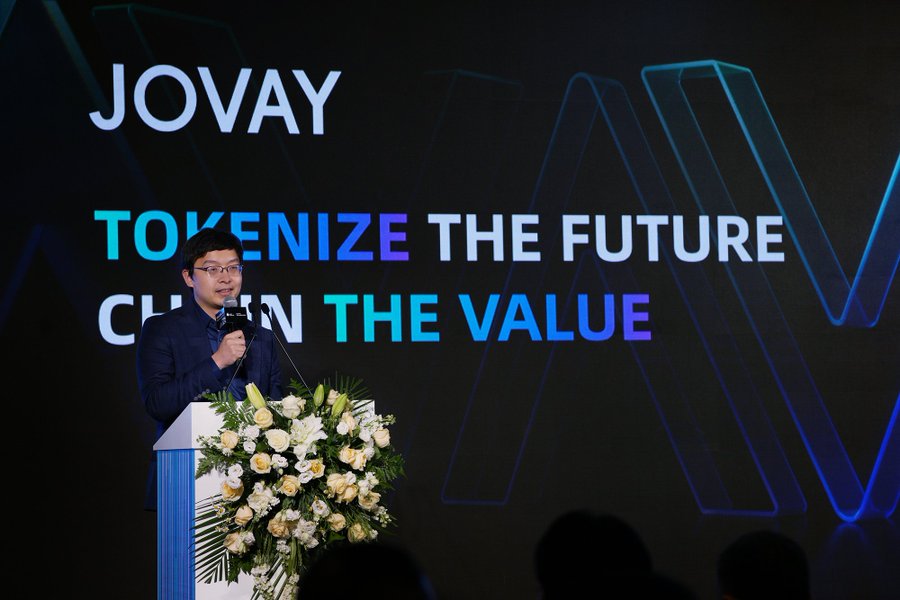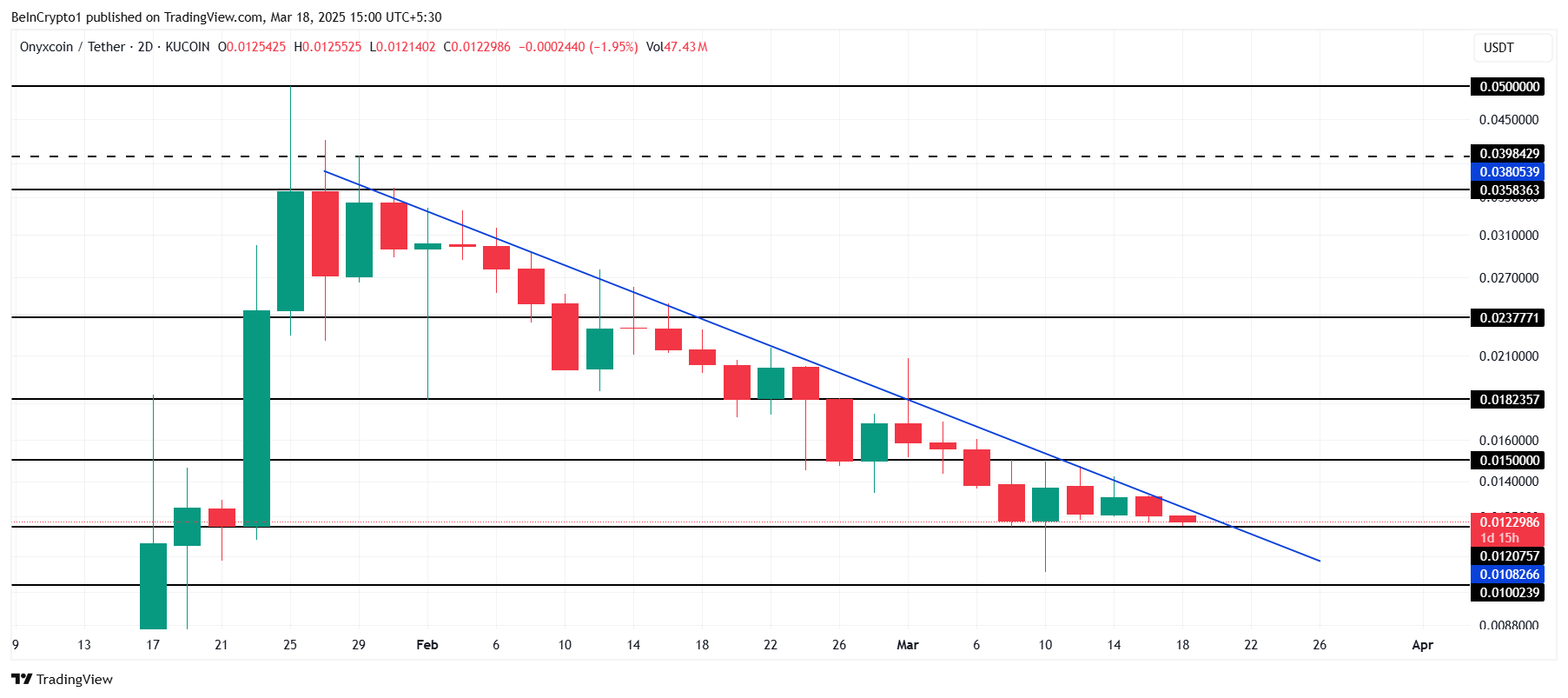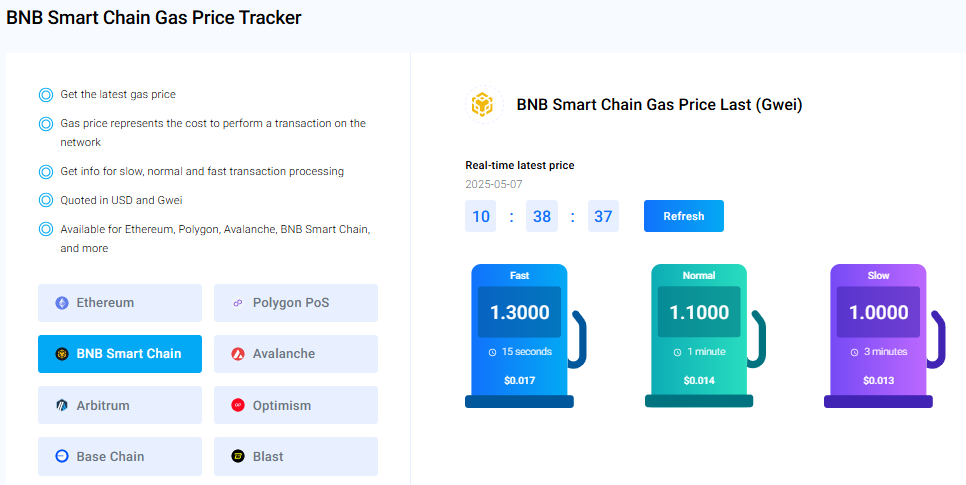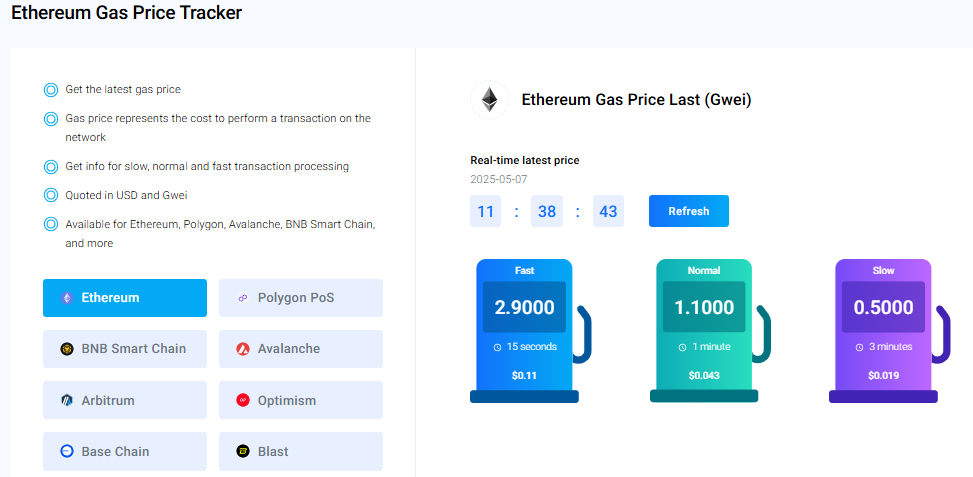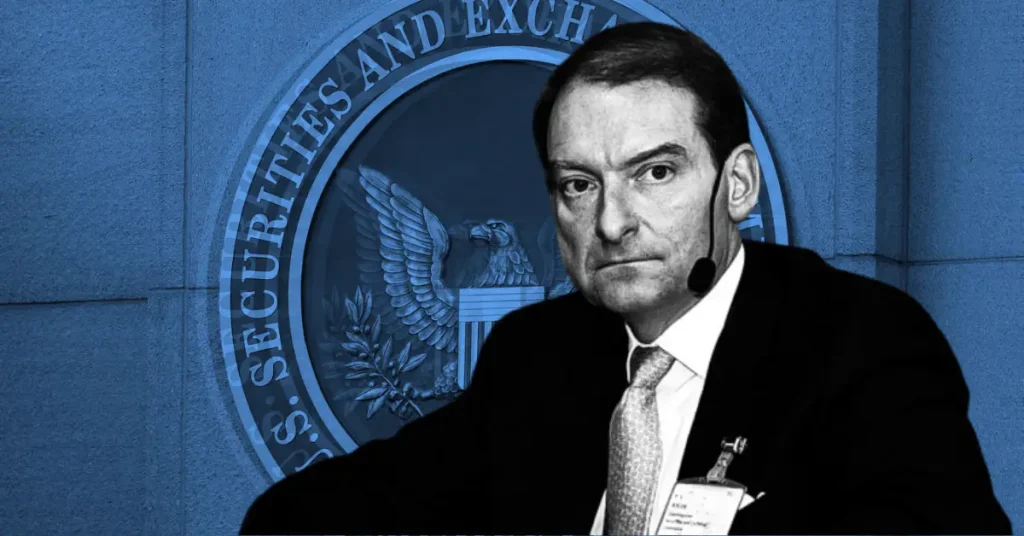
RWA Partnership:- RWAs have become the hottest trends of 2025. Deloitte has predicted their total market cap to reach by $4 trillion by 2035.
Not only new RWA-focused innovative projects, but TradeFi giants like Blackrock are also catching up on the opportunity.
In another similar move, publicly-listed OSL has announced a major move to expand its presence in RWA sector.
The digital asset platform, OSL, has signed a partnership with Ant Digital Technologies at the recently concluded RWA REAL UP Dubai Smmit.
The partnership aims to integrate Alibaba subsidiary Ant’s blockchain tech with OSL’s regulation infra to drive institutional adoption of RWAs.
OSL & Ant Digital Technologies have officially joined forces to drive the institutional future of Real-World Asset (RWA) tokenisation.
Announced at the RWA REAL UP Dubai Summit, this partnership combines Ant’s blockchain tech with OSL’s regulated infrastructure to deliver a… pic.twitter.com/QvXi4HL8ZX
— OSL (@osldotcom) May 2, 2025
Ant Group’s New Layer2 RWA Chain – Jovay
Ant Digital Technologies – formerly AntChain – is a subsidiary of Ant Group, the fintech affiliate of Alibaba Group.
It serves as the enterprise blockchain arm of Alibaba, specializing in blockchain, privacy computing, distributed storage, and digital identity solutions.
Till now, it has largely focused on permissioned chains and private enterprise deployments. This partnership with OSL marks its first significant foray into public Layer-2 blockchain infrastructure.
Apart from the partnership and MoU agreement on 30 April, Ant Digital has also launched its new layer2 chain, Jovay. It is designed to interact directly with Ethereum and revolutionize the green financing.
New RWA Chain Focuses on Renewable Products
According to the press release Coingape got access to, Jovay is a newly launched Ethereum Layer2 blockchain developed by Ant Digital Technologies. Unveiled at the REAL UP RWA Summit in Dubai, it is purpose-built for tokenizing real-world assets.
It will particularly work in green finance – such as solar panels, EV charging stations, and battery infrastructure. Jovay will turn them into globally tradable digital tokens.
Jovay is powered by DTVM (DeTerministic Virtual Machine) which is a custom-built, Wasm-based and EVM-compatible smart contract. This was unveiled by Ant Digital a week ago. It’s optimized for high-throughput execution and integrates AI capabilities through tools like SmartCogent.
This allows for intelligent contract automation and lifecycle management. Thus, Jovay will enable high-speed, AI-assisted smart contracts and cross-border RWA transactions.
Already live, Ant Digital hosts over 14 million tokenized green energy devices, making it the world’s largest platform of its kind.
Also Read: Next Bitcoin Price Target!
Boost for Green Finance?
The development of layer2 Jovay and its DTVM engine could lead to significant advancements in blockchain technology. This is especially for RWAs (real-world assets) and green finance.
Till now, sustainable infrastructure financing has been slow, fragmented, and tied to regional markets.
By tokenizing renewable products, Ant Group’s Jovay can increase scalability for clean energy infrastructure. This will also help in providing faster, efficient cross-border liquidity in renewable energy markets.
RWA market is also expected to see bullish momentum in its trading volumes. Further, as Ant Digital partners with OSL, more RWA-focused initiatives are expected in near future.
The post OSL And Alibaba Subsidiary Ant Partner to Launch This New Layer2 RWA appeared first on CoinGape.


